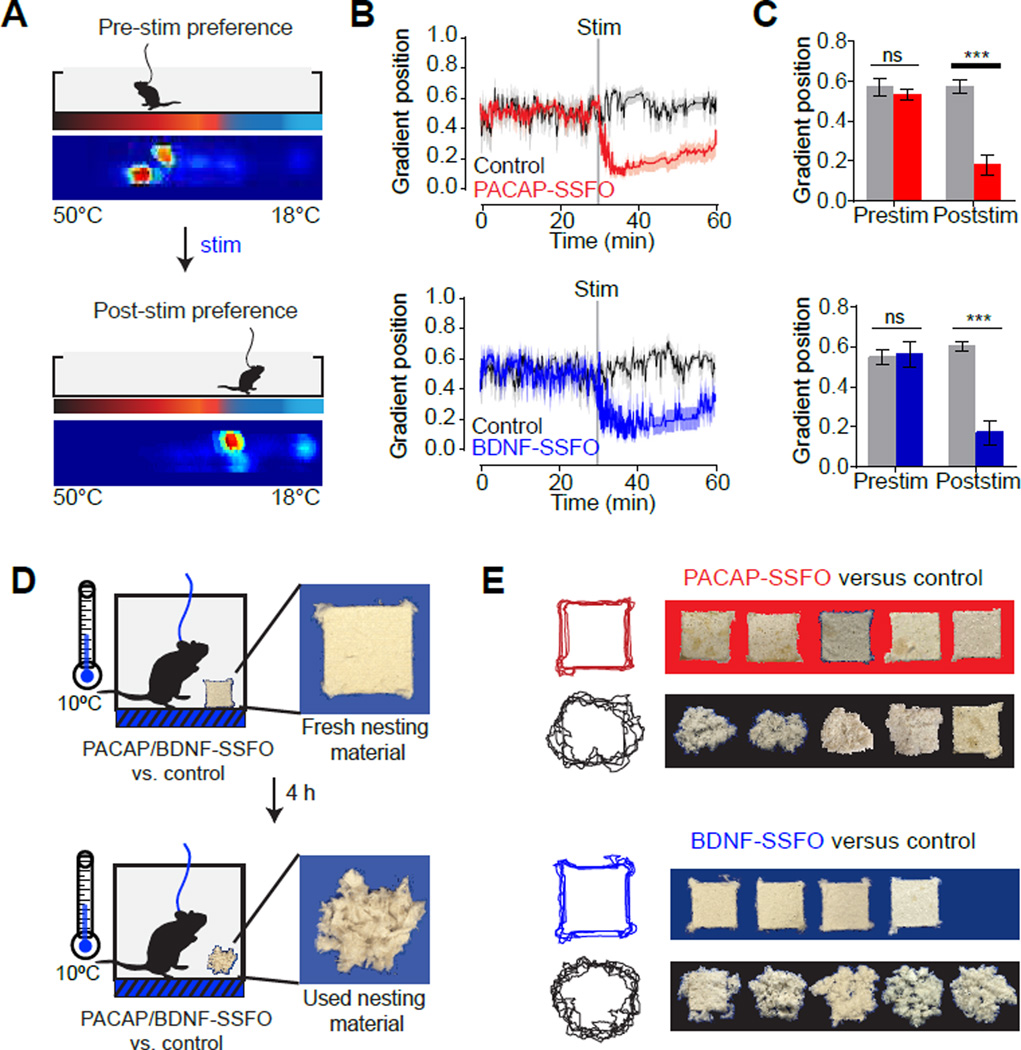Figure 4. Optogenetic activation of VMPOPACAP/BDNF neurons induces thermoregulatory behavior.
See also Figure S4.
(A–C) VMPOPACAP/BDNF neuron stimulation alters temperature preference in the thermal gradient.
(A) Schematic of thermal gradient assay. Heat map shows cumulative positions of a representative subject on a thermal gradient in the 30 minute span before and after light stimulation.
(B) Average gradient position (0=18°C, 1=50°C) during stimulation trials.
(C) Median gradient position in the 30 minute interval before and after stimulation. n=7–10 per group. Two-way RM-ANOVA, Interaction, F1,15(PACAP)=37.78, P<0.001; F1,13(BDNF)=13.90, P=0.002. post-hoc Bonferroni multiple comparisons *** P<0.001.
(D–E) POAPACAP/BDNF neuron stimulation suppresses nesting activity.
(D) Schematic of nesting activity assay. PACAP-SSFO, BDNF-SSFO or control subjects were given fresh nesting material in a cool environment (10°C). Light stimulation was applied for 4 hours (10 seconds of 2 Hz stimulation every 30 minutes) and condition of nesting material was recorded after. Representative fresh and used nesting material are shown.
(E) Photographs (right) of nesting material and a composite of traced outlines are shown after a 4-hour nesting activity assay.

